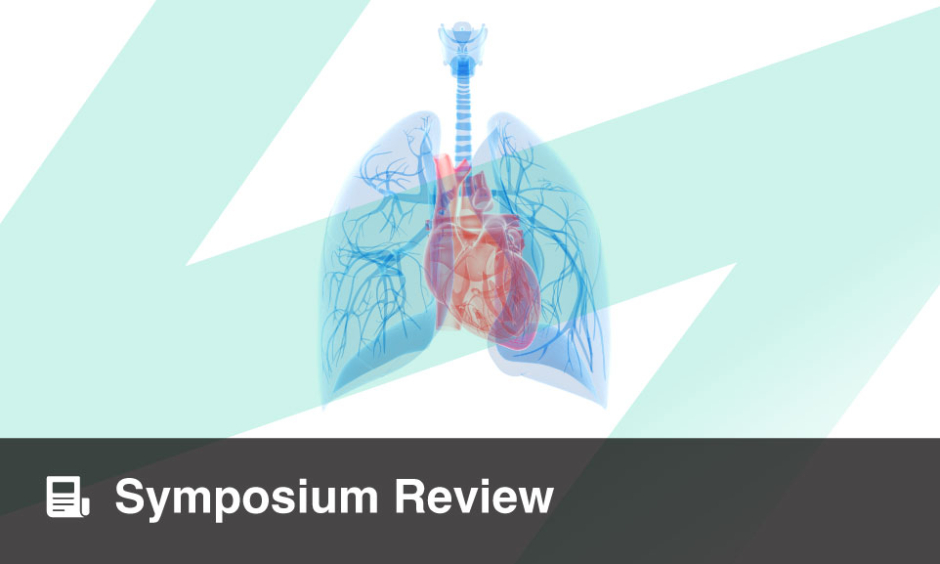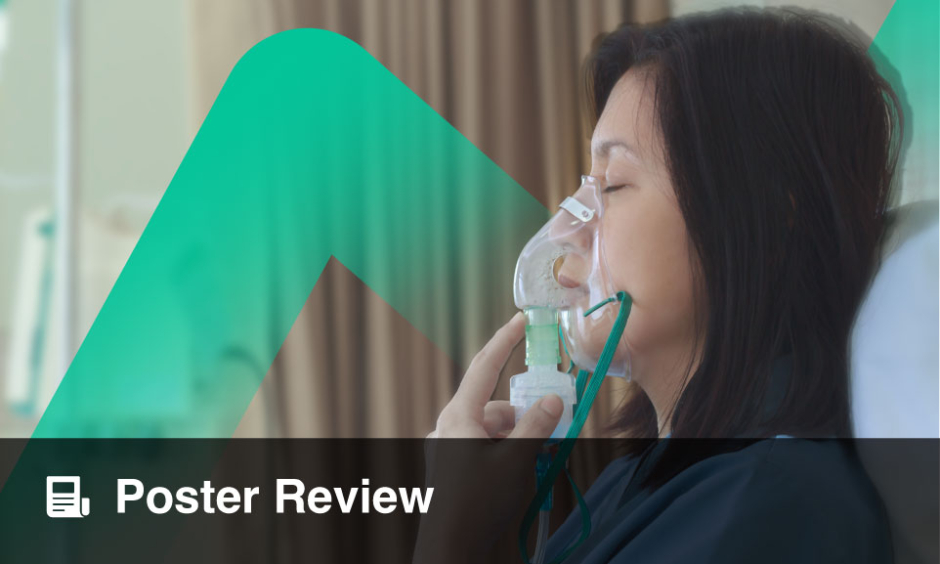Severe asthma, with an estimated prevalence of 5–10% in the total asthma population, impacts considerably on morbidity, mortality, and socioeconomic cost;1 however, biologic therapies are revolutionising the management and outcomes for patients with severe asthma. In the eosinophilic phenotype of severe asthma, anti-IL-5 therapy enables reduction of asthma exacerbations and steroid use, better control of asthma and health-related quality of life, and improved lung function.2,3
Daily physical activity (DPA) in adult patients with asthma remains overlooked. Limited evidence demonstrates reduced levels of DPA in asthma populations,4,5 but studies examining the potential effect of available therapies are missing. The authors believe that this is an important missing link in the management of severe asthma as higher adherence to physical activity is associated with favourable outcomes, including better overall asthma control, reduced exacerbations, and reduced healthcare use.6
Therefore, we aimed to investigate the overall levels of DPA in patients with severe eosinophilic asthma and whether anti-IL-5 therapy, on top of existing, maximal, and optimised asthma treatment, may improve DPA in this patient population. A prospective, observational study of continuous patients who fulfil the definition of severe asthma1 and the criteria for mepolizumab therapy (blood eosinophils ≥150 cells/µL at screening or ≥300 cells/µL in the past 12 months) is ongoing.2 Patients have their DPA recorded for 7 consecutive days using triaxial accelerometery (DynaPort MoveMonitor; McRoberts, The Hague, Netherlands) prior to treatment and at 6 months after mepolizumab (Nucala; GlaxoSmithKline, London, UK) therapy (100 mg subcutaneously once every 4 weeks).
Ten patients have been studied to date (10 women; age: 59±10 years; Asthma Control Test score: 14.6±4.3; pre-bronchodilator forced expiratory volume in 1 second [FEV1]: 1.45±0.70 L [62±25% predicted]; FEV1/forced vital capacity ratio: 61±16; IgE: 185±174 IU/mL; eosinophils: 346±108 [4.8±1.8%]; daily beclomethasone-equivalent inhaled corticosteroid dose: 1,146±479 μg). Daily moving time (walking, stair climbing, and cycling) was limited to 78±36 minutes, step count to 6,311±3,023, and movement intensity to 1.80±0.19 m/s2 (units of acceleration). Weekly time in moderate-to-vigorous-intensity physical activity (MVPA; ≥3.0 metabolic equivalents) was 452±200 minutes. The current data on daily step count agree with previous evidence4,5 in that patients with severe asthma fall into a low-active population.7 Movement intensity in the current cohort compares with that of older patients with moderate-to-severe chronic obstructive pulmonary disease (COPD).8 Only one patient fulfilled current recommendations for weekly physical activity.9
Four patients completed 6-month mepolizumab therapy. Daily moving time increased by 11% (from 101±23 to 112±20 minutes) and almost reached statistical significance (p=0.05). Changes in daily steps, movement intensity, and weekly time in MVPA did not reach statistical significance (all p>0.15); however, data must be interpreted with caution because of the small cohort size. Of note, weekly time in MVPA increased by >100 minutes (from 585±124 to 692±72 minutes) and daily steps by >600 (from 8,930±1,887 to 9,562±2,015), thus reaching the minimal important difference in COPD patients after pulmonary rehabilitation.10
In conclusion, this novel study shows significantly reduced indices of DPA in patients with severe eosinophilic asthma. Our preliminary results lend promise that anti-IL-5 therapy may be beneficial in DPA in patients with severe eosinophilic asthma, although a larger data sample is certainly required to adequately test this hypothesis. Nonetheless, the possibility that a single, add-on intervention, such as anti-IL-5 therapy, may succeed in improving such an important patient-centred and challenging outcome that reflects concrete behavioural patterns, like DPA, is exciting and worth further consideration.








